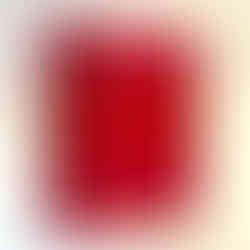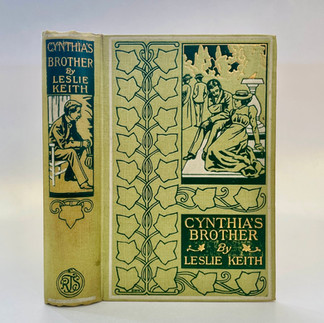Antiquarian Book Bindings Explained: A Collector’s Guide
- Marie
- Oct 7
- 3 min read
Introduction
When you pick up an antiquarian book, its binding is often your first clue about its age, origin, and history. This guide: Antiquarian Book Bindings Explained - explores how different materials, from vellum and leather to paper and cloth, reveal the craft and story behind every volume. Understanding antiquarian book bindings isn’t just a collector’s curiosity; it’s a way to read a book’s life from the outside in. Whether you’re identifying a 19th-century publisher’s cloth or a finely tooled morocco spine, each tells a tale of artistry, innovation, and preservation.
Antiquarian Book Bindings Explained: Leather in Its Many Forms
A full leather binding is where the entire book, spine, boards, and corners, is covered in leather, typically calf, morocco, or sheep. This style was long held as the premium binding.
Calf leather was prized for its fine grain and polish, common in 17th–19th century English volumes.
Morocco goatskin offered durability and took detailed tooling well, often used for deluxe editions.
Sheep leather was softer and less expensive, used for more modest editions or secondary bindings.
Signs of quality include raised bands on the spine, gilt tooling, and decorative panels. A well preserved full leather binding is still among the most enduring and desirable forms you’ll find.
Half Leather, Quarter Leather & the Rise of Economical Elegance
During the 19th century, booksellers and publishers introduced binding styles that balanced beauty and cost:
Half leather (half bound) has leather on the spine and corners, with cloth or marbled boards on the remainder.
Quarter bound styles confine leather (or vellum) to just the spine, leaving the boards in cloth or paper.
These formats allowed stronger protection at stress points while keeping material costs down. Many collector bindings, private press editions, and rebindings use these styles to good effect.
Vellum & Limp Vellum: Flexible Purity
Vellum, made from untreated calfskin, is smoother and lighter than tanned leather. In limp vellum bindings, the cover lacks rigid boards and yields slightly as you handle it. Such bindings were common for devotional texts, legal works, or fine editions when flexibility and lightness mattered.
Because vellum reacts to humidity (contracting or warping), its survival depends on careful storage. But when well kept, vellum remains striking and timeless.
Paper-Covered Boards: Simplicity and Utility
Before cloth became dominant, many books were issued in paper-covered boards: pasteboard covers covered in plain or decorative paper.
Originally, these board bindings were often temporary or publisher’s bindings, meant to protect the text until a more permanent binding would be applied. Over time, however, the paper-over-boards style evolved to adopt decorative papers or printed patterns and sometimes remained as the final covering.
Surviving examples in good condition are rare, making them something collectors prize, especially when the paper is vibrant, intact, and shows minimal wear.
Decorative Cloth Binding: The Victorian Publisher’s Statement
From the mid-19th century, publishers began binding books in coloured cloth, stamped in gilt or blind designs. These decorative cloth bindings became a hallmark of Victorian publishing aesthetics.
Many Victorian cloth bindings still show remarkable artistry: blind-stamped flourishes, pictorial vignettes, multicolour designs, and varied textures. Bound in cloth, books became more affordable while still offering visual flair. Collectors now see them as emblematic of their era.
Marbled Papers, Edges & Decorative Features
Marbling was a decorative device used in endpapers, boards, and page edges. Each marbled sheet is unique, produced by floating pigment on a medium (often gum or water) before transferring to paper.
Other decorative elements include:
Onlays/inlays: thin leather or cloth panels applied for decoration
Doublures: ornate interior linings on the inside covers, sometimes gilt-decorated
Gauffering: the delicate process of tooling gilt patterns onto the edges of the pages themselves, often floral or geometric, creating a subtle shimmer when the book is tilted in the light.
Together, these details enrich an antiquarian binding’s story and appeal.
Why Bindings Matter to Collectors
Bindings are not just ornamental - they are part of a book’s biography. A binding reveals:
The publisher’s or binder’s intention (luxury or mass market)
The budget and aesthetic choices of a previous owner
Clues about date, rebindings, and provenance
A binding can (sometimes) help you forecast the value and rarity of a volume just as much as the text inside.


































Comments